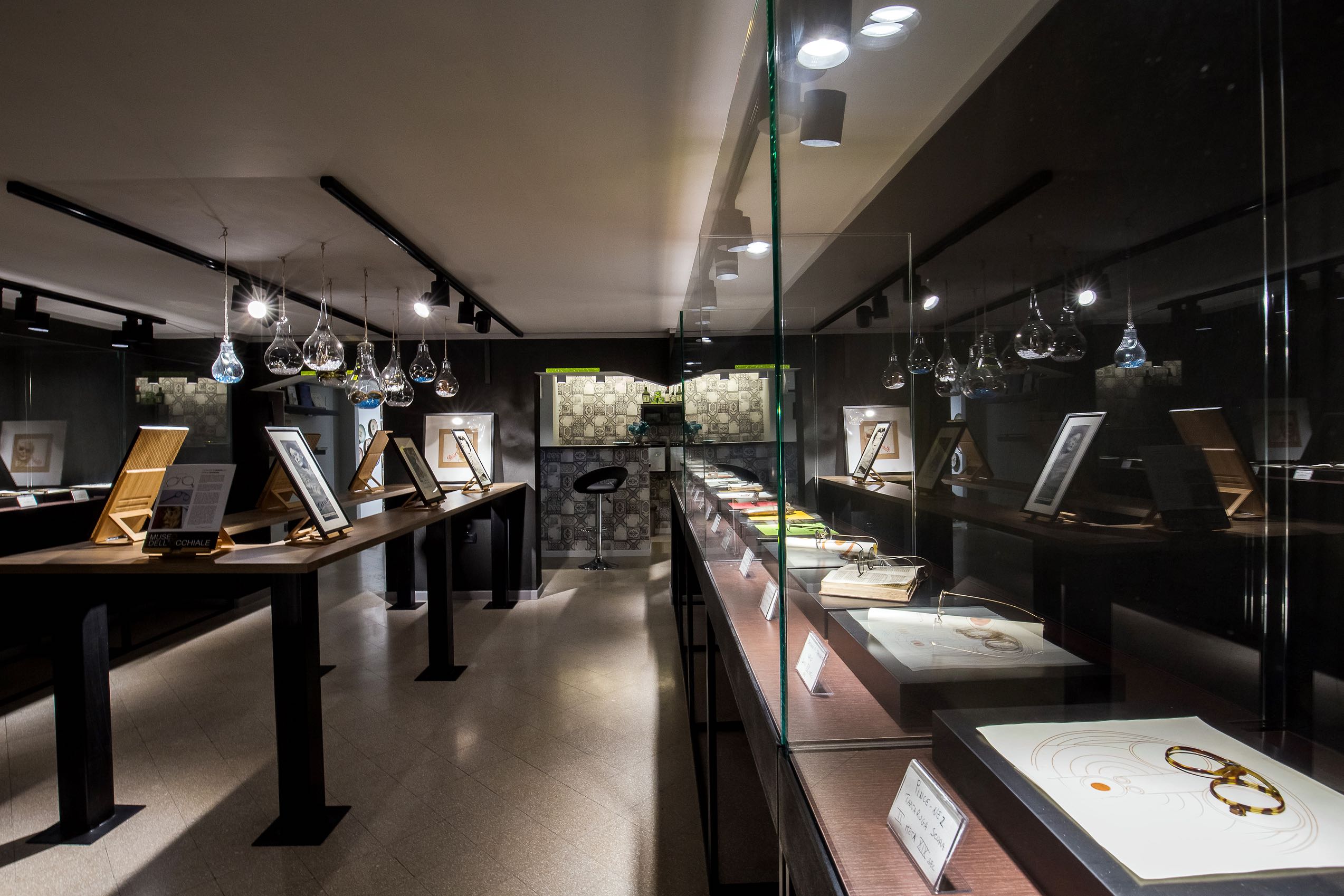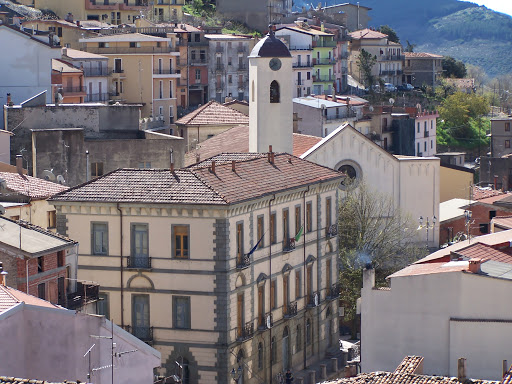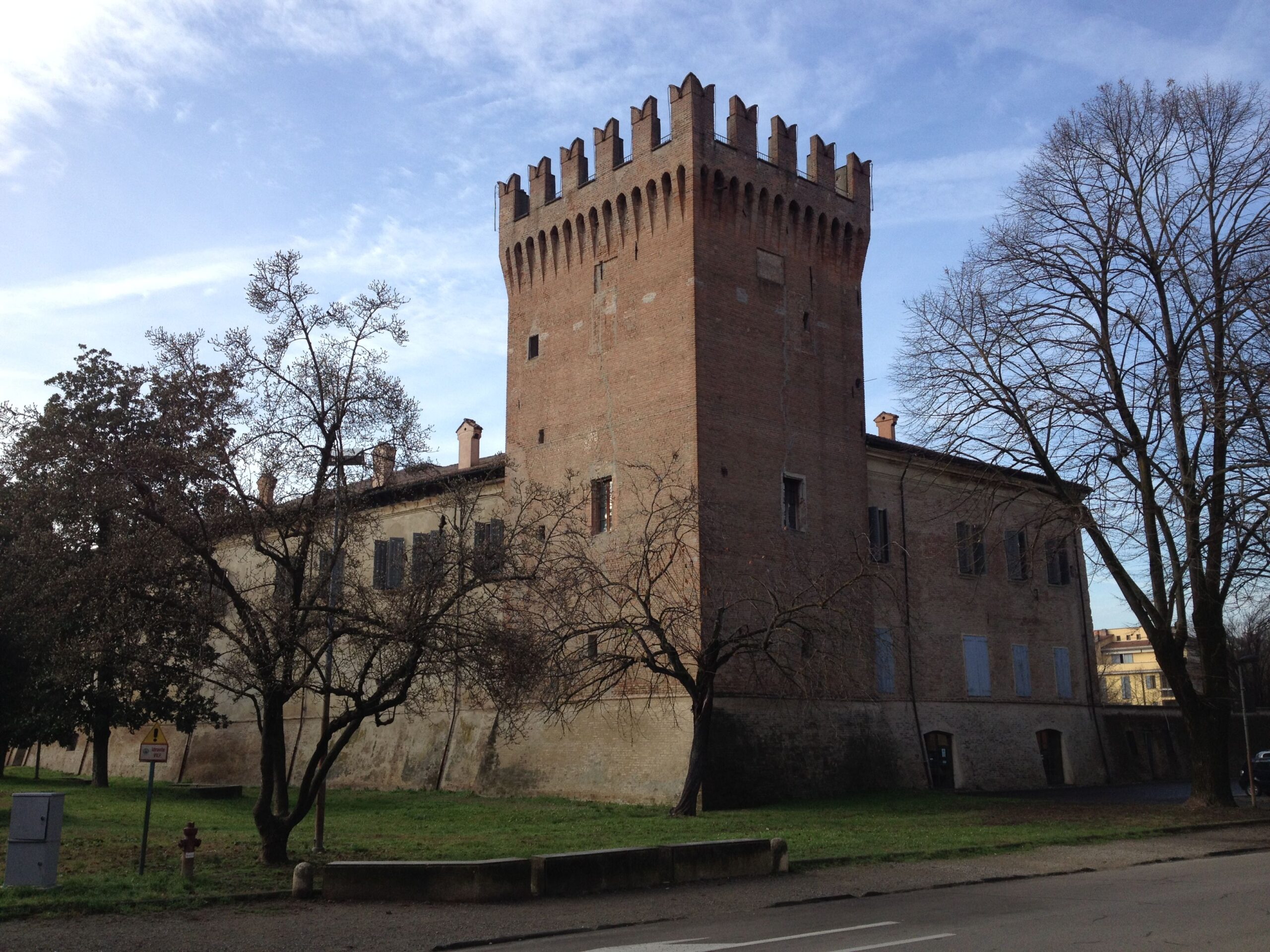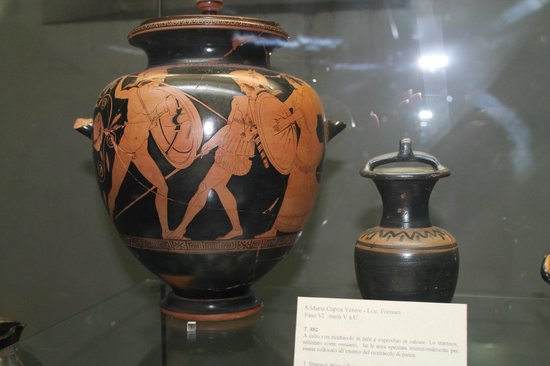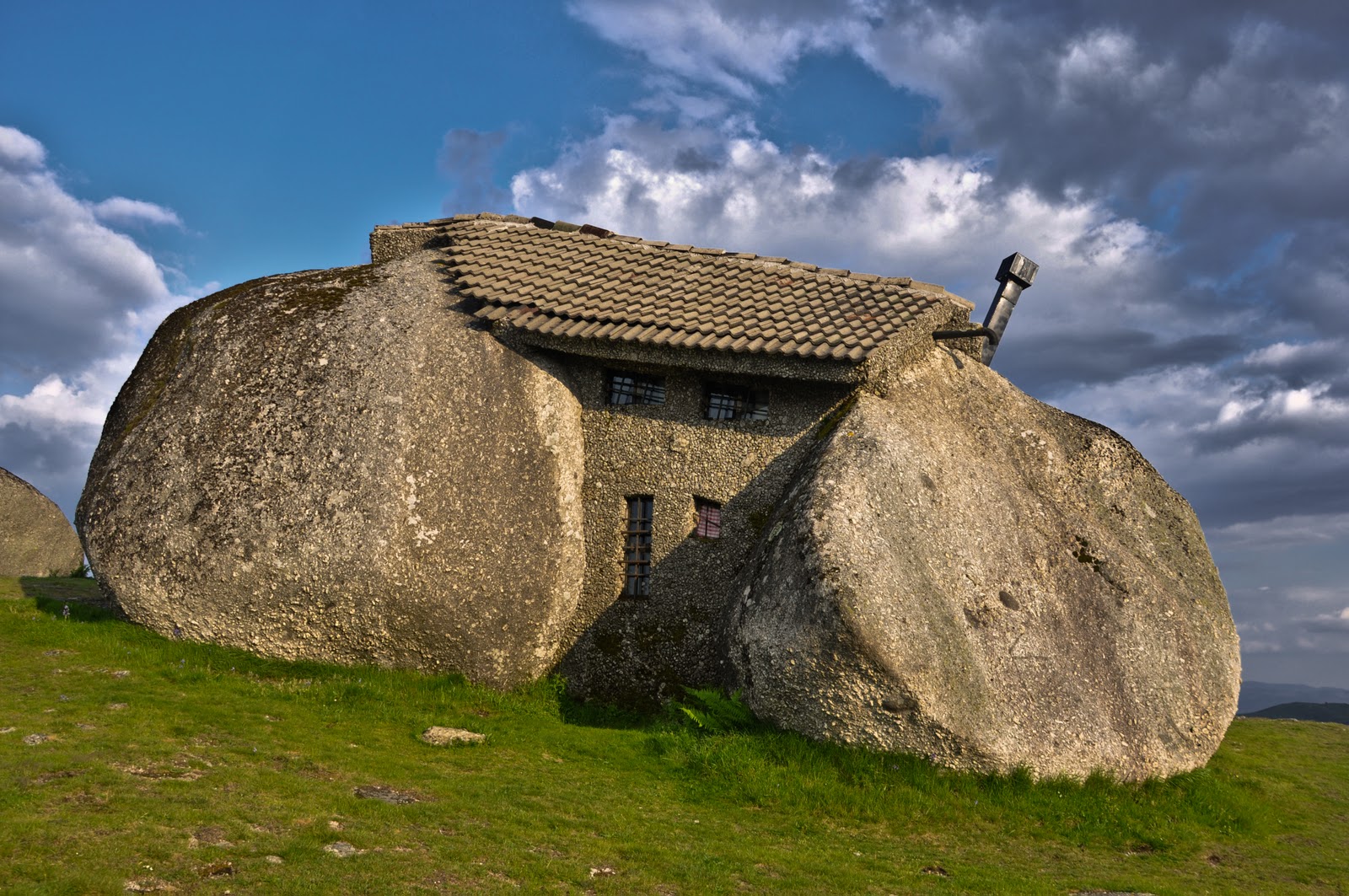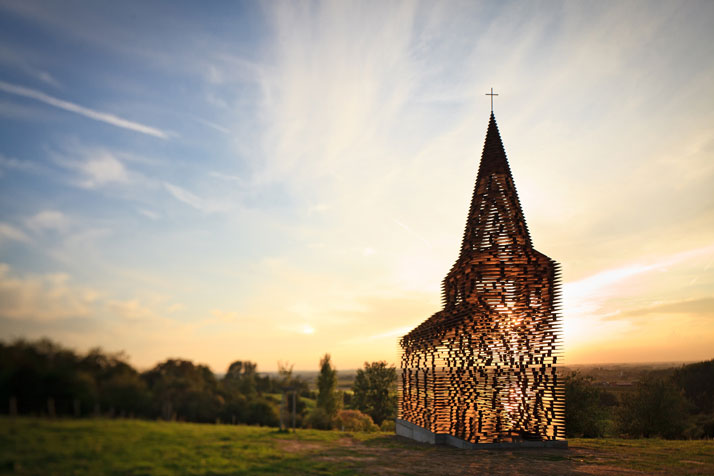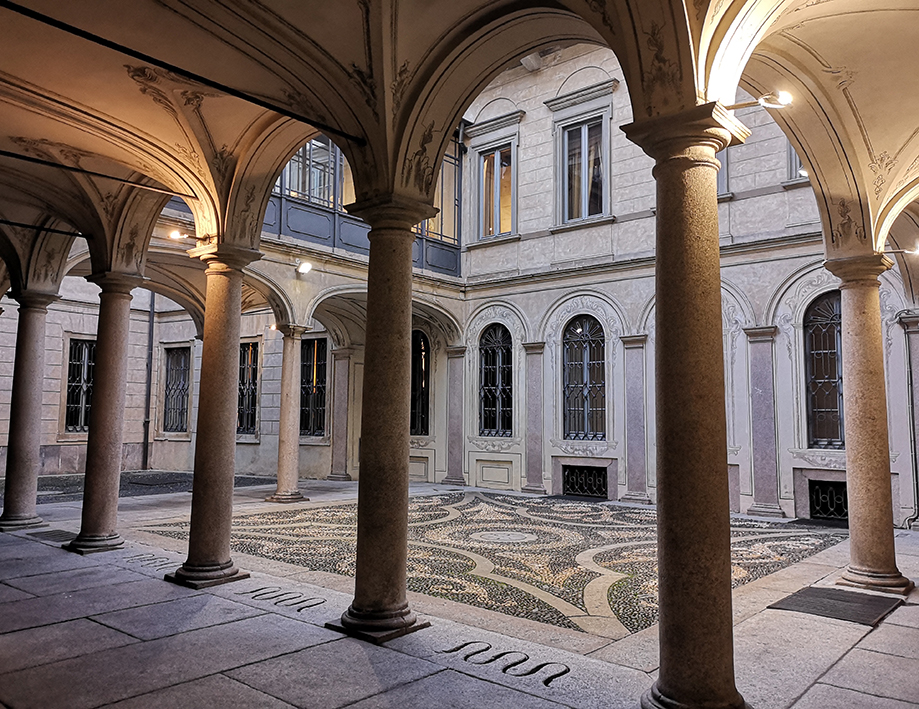In the Eyewear Museum, you can closely observe models and shapes that retrace the history of the last three centuries: from the classic "pince-nez" in gilded metal or steel, to lorniettes in silver, mother-of-pearl and tortoiseshell, to face-à-main in horn and gold, to the very thin "wire rims", to arched models, to specimens with extendable arms, to precious mother-of-pearl binoculars, to cases in shagreen, camel skin or steel or silver. A sample book that makes the small Eyewear Museum, a contemporary "Wunderkammer" or Cabinet de Curiosités in which during the course of the year will alternate objects related to the world of vision, ancient paintings that will have as subjects, portraits with and without monocles and glasses, sculptures, toys or expressive forms of art tout court.
If curiosity stimulates vision, Massimo Bisogno is a curious and visionary! His collection of glasses is the result of patient and painstaking research.
Instruments that for over 700 years, (if further historical and iconographic research will not deny the mere chronological data), have allowed to expand scientific knowledge, to be able to read more comfortably to those who for various reasons have problems related to one of the most abused senses in the history of mankind.
The fortunate conjuncture of the brand new Ottica Bisogno store, along one of the central streets of Salerno, has allowed the entrepreneur to create an exhibition/didactic space not only for refined and sometimes unusual examples of such art objects, but also reversible and versatile.
Alongside the glasses of yesteryear that retrace the stages of these instruments and their captions, works of art will alternate;
